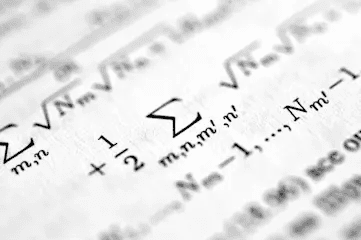AI
September 03, 2024
WPA vs BLEU? Understanding the metrics of different machine translation systems
The two most widely discussed metrics are BLEU (Bilingual Evaluation Understudy) and WPA (Word Prediction Accuracy). While both are important, they serve different purposes and are tailored to distinct use cases in the world of translation technology.
Lucas Kim
Content Marketing Manager

In the rapidly evolving field of machine translation, evaluating the quality and effectiveness of translation systems is crucial. The two most widely discussed metrics are BLEU (Bilingual Evaluation Understudy) and WPA (Word Prediction Accuracy). While both are important, they serve different purposes and are tailored to distinct use cases in the world of translation technology.
1. BLEU Score: Evaluating Static Translation Outputs
The BLEU score is a long-standing metric used to assess the quality of static translation outputs. It compares the machine-generated translation to one or more reference translations and measures how closely they match. This score is particularly useful for evaluating content that needs to be understood by a monolingual user. For example, when translating a document from English to Spanish, a high BLEU score indicates that the translation is accurate and closely aligned with the original text.
However, while BLEU is useful for static content, it has limitations in more dynamic, interactive environments where translation is part of a continuous workflow.
2. WPA: Optimizing AI Co-Pilot Systems
WPA, or Word Prediction Accuracy, is a newer metric designed for interactive translation systems, often referred to as AI co-pilots. These systems, like LILT Contextual AI, are used by professional linguists who work closely with AI to enhance and accelerate the translation process. WPA measures the accuracy of the AI’s word predictions in real time, ensuring that the AI assists the translator effectively during the translation process.
Unlike BLEU, which is focused on evaluating a final output, WPA is tailored to environments where human translators collaborate with AI in a continuous, iterative process. It ensures that the AI's suggestions are contextually relevant and useful, helping linguists maintain speed and accuracy in their work.
Conclusion
While BLEU remains a critical metric for static translation evaluation, WPA is increasingly important for interactive, co-pilot systems designed to support bilingual translators for enterprise projects. Understanding the differences between these metrics helps organizations choose the right tools and evaluation methods for their specific translation needs.
Share this post
Find some time with LILT
Enterprise-grade content seamlessly translated with AI to help your business scale globally.
Book a MeetingShare this post